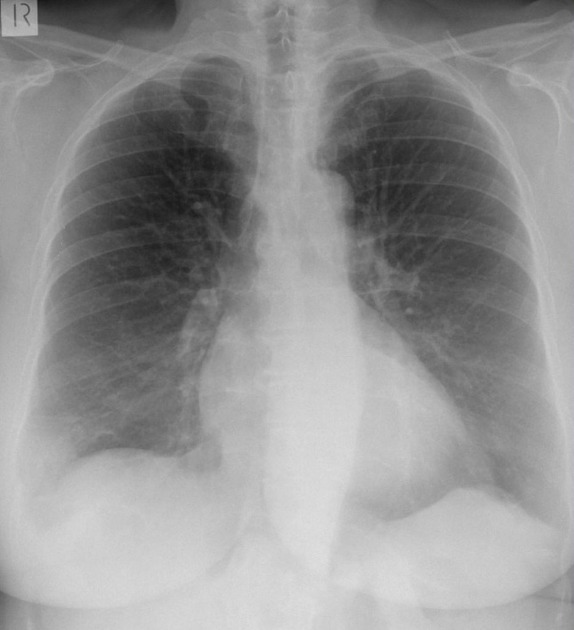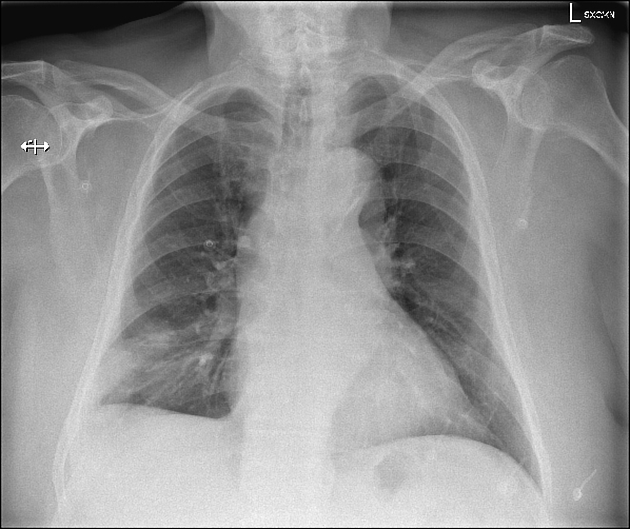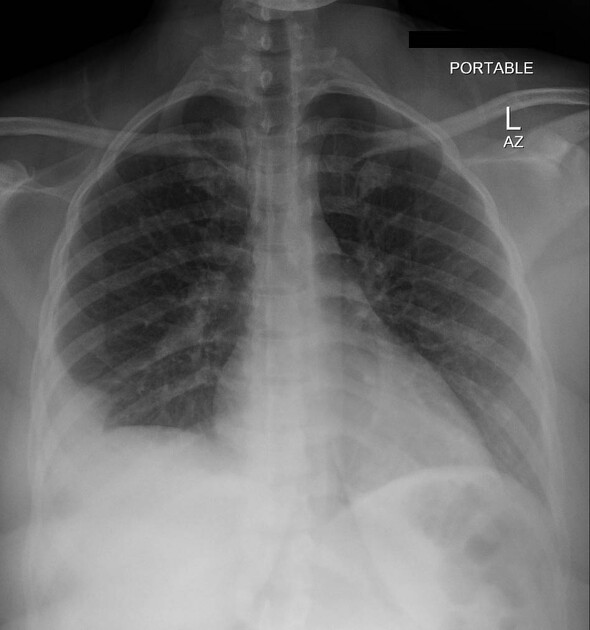Hampton hump
Updates to Article Attributes
Hampton hump refers to a dome-shaped, pleurally-based opacification in the lung most commonly due to pulmonary embolism and lung infarction (it can also result from other causes of pulmonary infarction (e.g. vascular occlusion due to angioinvasive aspergillosis). While a pulmonary artery embolism is expected to result in a wedge-shaped infarction, the expected apex of this infarction may be spared because of bronchial arterial circulation in this part, resulting in the characteristic rounded appearance of a Hampton hump.
Opacification occurs secondary to haemorrhage due to the dual blood supply from the bronchial arteries 1 (see lung infarction). In case of infarction it takes months to resolve and it often leaves a linear scar.
If the underlying parenchyma doesn't undergo infarction, the Hampton hump will resolve within a week by keeping it typical configuration. This is referred to as the melting sign because its resolution resembles a melting ice cube 2.
History and etymology
It was originally described in 1940 by Aubrey Otis Hampton, American radiologist.













 Unable to process the form. Check for errors and try again.
Unable to process the form. Check for errors and try again.